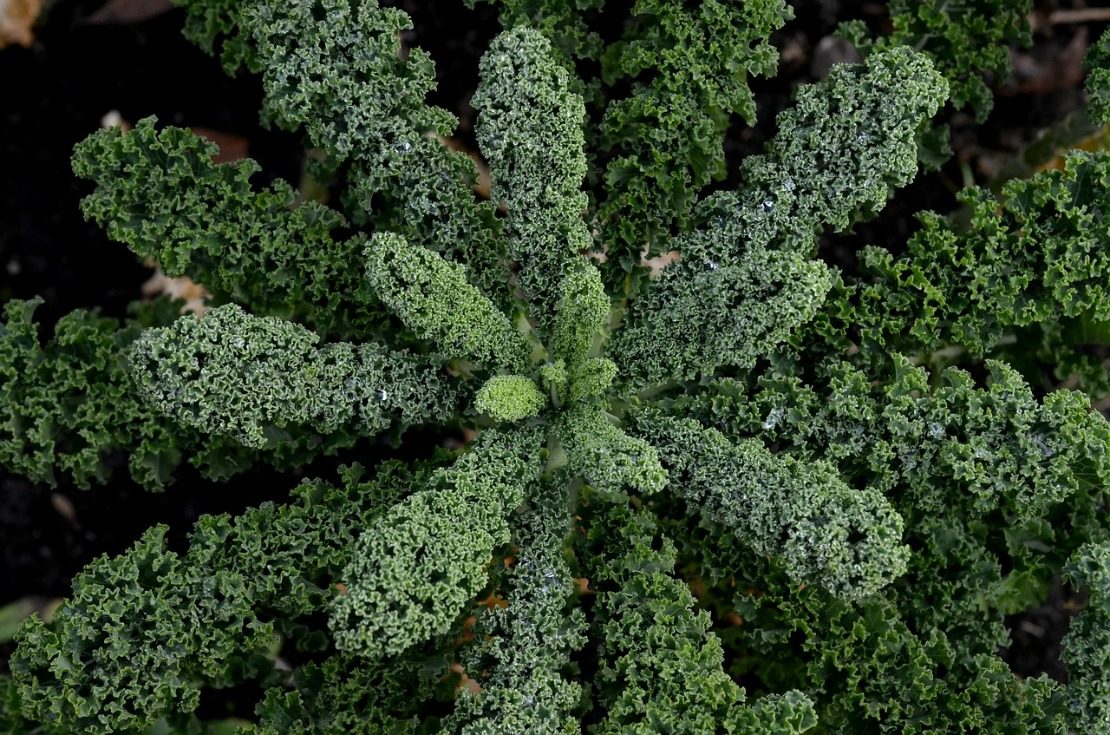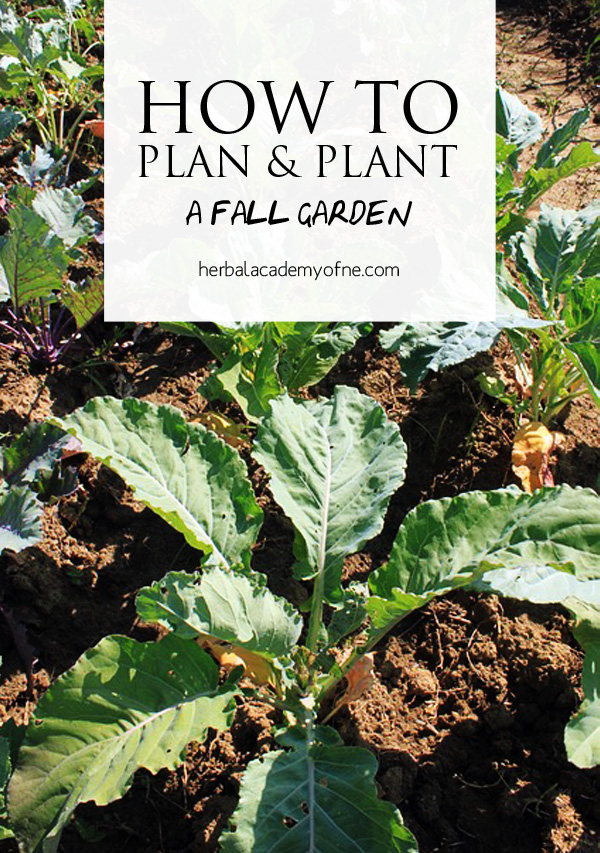
How to Plan and Plant a Fall Garden
Believe it or not even in cold weather climates, you can plant a fall garden and watch it grow. While the thought of a lush, vibrant garden typically conjures up images of summer, with the right planning and the right planting, you can achieve autumn abundance.
In fact, depending on where you live, many plants actually favor cooler temperatures over the hot summer sun. And research has shown that with a few basic prep steps you can have a thriving fall vegetable and herb garden.
The First Step: Prepping Your Plot
The first step is to clear out your space. If you are using the same spot where your summer garden was, be sure to remove remaining plants or roots. Rid the space of any weeds and keep up with weeding for the rest of summer into fall.
If you mulch in your garden, remove and dispose of all spent mulch and save the remainder to recover the new garden. Or try some fall favorites such as hay or shredded leaves to cover soil, improve drainage, and insulate plants. Bonus! Spiders love hay and they will help eat other garden pests.
The final step is to do a light tilling of the soil. Since you probably did most of this in the spring, just churn up the soil a bit…sort of like fluffing up cooked rice with a fork.
And, keep in mind, that you don’t need a raised bed or specific plot; there is usually room somewhere in your yard for a small garden patch. In this vein, I am going to clear out the half of my raised bed that is not doing well and plant for fall on that side, while letting my established tomatoes and zucchini on the other half keep growing.
What Plants Grow Best in the Fall?
Although you’ll want to check the hardiness zone guidelines for specifics on your location, generally speaking these particular crops do well in most area of the United States.
Root vegetables
Does anything say fall more than some delicious root veggies?
The most popular fall root vegetables are carrots, beets, turnips, parsnips and the like which grow happily in cooler temps. Since spring and fall bookend the summer growing season, it makes sense to keep those temperature correlations in mind. For example radishes and beets, which grow well in spring, can get woody and bitter in the summer months. Therefore late summer planting is perfect for these roots whose bulbs can withstand frosty temps; just be sure to harvest the green tops before the first frost.
Cole crops or Brassica
This family includes leafy greens such as kale, mustard, and “Asian” greens like bok choy as well as cabbage and broccoli. Greens that can handle some cold—such as those you would generally plant in the spring before the last frost date—are also great candidates for fall. While all of these crops can withstand the summer heat, many develop deeper flavors once things cool down. Kale, in particular, is even more delicious after the first frost.
Herbs
Hardy herbs can also do well throughout the fall. Anyone who has tried—and failed—to grow herbs in the summer knows that the strong sun can often burn delicate leaves and force plants to seed too quickly. The following herbs are considered good options for fall planting (some only in frost-free zones so check guidelines for each herb): parsley, sage, chives, cilantro, and almost all members of the mint family—basil, thyme, lavender, peppermint, spearmint, rosemary (learn more about the mint family here). Additionally, cilantro and parsley make good bed or container companions for winter flowers like pansies. A safe bet is to put a large container or window box with several fall herbs on a porch or near a door so you won’t have to go far to grab some for cooking once the temps start to drop.

Prepping for Future Plants
If you are not feeling ambitious as the summer winds down, don’t worry. Since fall is in fact the time of harvest, you can continue to enjoy the remaining items from your summer garden without adding anything new. After your vegetable patch has finally stopped producing, clear out any remaining plants, roots, leaves, and debris and add them to your compost bin to keep the cycle going.
Autumn is also a great time for pruning and preparing for the impending winter and the following spring. This is a great time to cut back trees and shrubs and clean up leaves and other lawn debris. You can even grind or mulch some of the fallen leaves to use an insulating winter blanket for your garden plot. Here are some additional tips for getting a head start on next year’s garden.
More Resources for Planting a Fall Garden
Grow Your Best Fall Garden Vegetables: What, When and How – blog
Easy Tips for Late Gardening – blog
Year Round Gardener: Top Plants to Grow in Your Backyard This Fall – book by Hillary Stanza
Fall and Winter Gardening: 25 Organic Vegetables to Plant and Grow for Late Season Food – book by R.J. Ruppenthal
5 Tips for Getting a Start on Next Year’s Garden – blog
This post is written by Melissa Salce. Melissa is a writer, editor, and crafter with more than 15 years of professional writing experience. Passionate about animal rights and the planet, she launched Don’t Worry, Be Earthy as a way to help others help the world. Her work has appeared in Interior Design magazine, Shore Line Times newspaper, and various newsletters and trade publications.
REFERENCES
Iannotti, M., Preparing Your Vegetable Garden for Fall [blog]. Retrieved from www.gardening.about.com
Wilkinson Barash, C., Cool Season Vegetable Gardening [blog]. Retrieved from The National Garden Bureau








